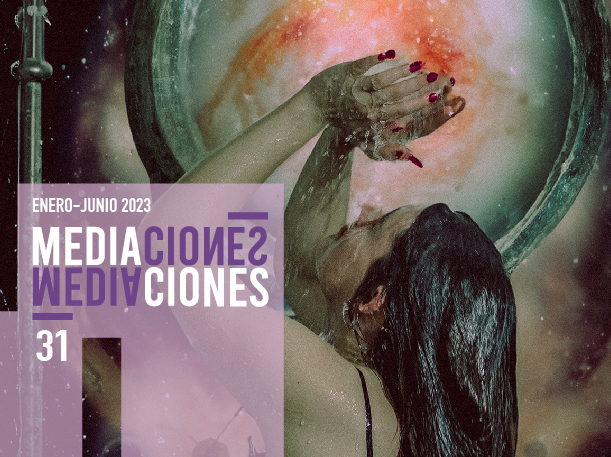Women, Cities and Harassment: Representativeness in Brazilian Documentary Cinema
Main Article Content
Abstract
This article aims to analyze technical and aesthetic strategies to represent the actions and experiences of women in Brazilian urban centers, having as an object of study the documentary film Chega de Fiu Fiu (2018). We base our analysis on a theoretical framework composed of reflections on Brazilian documentary cinema and contemporary feminist theory, particularly the issue of harassment. The work invites reflection on the constant cases of harassment suffered by women in public spaces and the right of female bodies to cities, focusing on the experiences of its three protagonists. The methodology used is that of film analysis, and the objective is also to expose cinematic action as containing narrative potential for the debate on gender issues.
Article Details
Section

This work is licensed under a Creative Commons Attribution 4.0 International License.
![]()
Revista MEDIACIONES © 2024 by Corporación Universitaria Minuto de Dios - UNIMINUTO is licensed under the Creative Commons BY.
How to Cite
References
Gacia-Celay, M., Montero, L. y Nieto Navarro, M. (2002). El patriarcado: una estrutura invisible. https://pt.scribd.com/document/88485809/El-Patriarcado- Estructura-Invisible.
Haesbaert, R. (2007). O mito da desterritorialização: do “fim dos territórios” à multiterritorialidade. 3 ed. Bertrand Brasil.
Klanovicz, L.R.F., y Rossignolli, B. (2022). Emergência do assédio como violência de gênero no Brasil: uma leitura a partir das lutas feministas e de algumas estratégias de combate desde os anos 2000. Revista Feminismos. Vol. 10, N.º 2 e 3, mai-dez/2022.
Lagarde, M. (2014). Los cautiverios de las mujeres: madresposas, monjas, putas, presas y locas. 5 ed. Siglo XXI Editores.
Nações Unidas Brasil. (2020). ONU debate com sociedade civil criação de espaços urbanos mais diversos. https://brasil.un.org/pt-br/97397-onu-debate-com-sociedade-civil-criacao-de-espacos-urbanos-mais-diversos.
Olivieri, S. (2007). Quando o cinema vira urbanismo: o documentário como ferramenta de abordagem da cidade. Tesis de dectorado em Arquitectura y Urbanismo, Universidad Federal de Bahia.
Raffestin, C. (1993). Por uma geografia do poder. Ática.
Rago, M. (2001) Feminizar é preciso: por uma cultura filógina. In: São Paulo em Perspectiva 15, 53-66. https://www.scielo.br/j/spp/a/YbZcHxhdbxkMk6CW3bC69pL/?lang=pt
Ribeiro, D. (2017). O que é lugar de fala? Letramento.
Saffioti, H. I. B. (1994). Violência e assédio sexual. Estudos feministas. Florianópolis, 1994.
Santos, M. (2009). O Dinheiro e o Território. GEOgraphia, 1(1), 7-13. https://doi.org/10.22409/GEOgraphia1999.v1i1.a13360
Think Olga. (2020). Meu Ponto Seguro: Como melhorar a vida das mulheres que caminham: Como melhorar a vida das mulheres que caminham. https://thinkolga.com/wp-content/uploads/2020/11/MeuPONTOSeguro_ThinkOlga.pdf
Film reference
Kamanchek, A. y Frazão, F. (Diretors) (2018). Chega de Fiu Fiu. [Film]. Brodagem Films.





